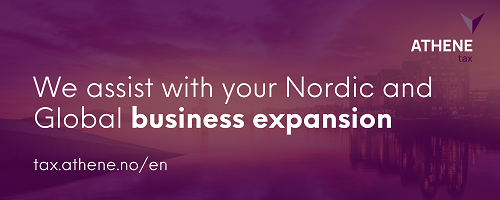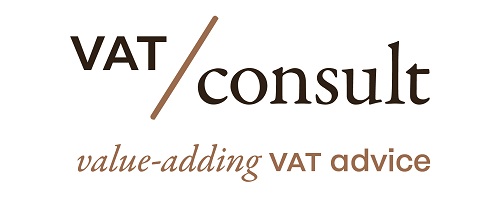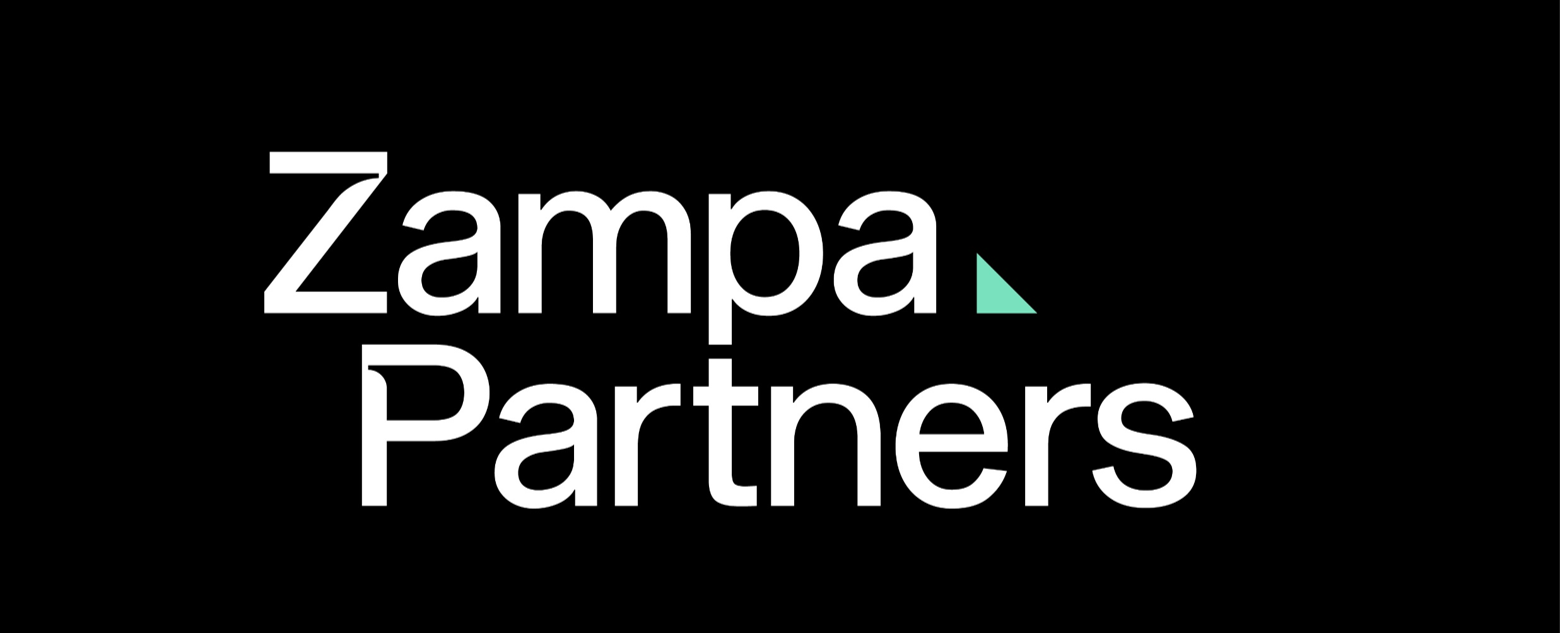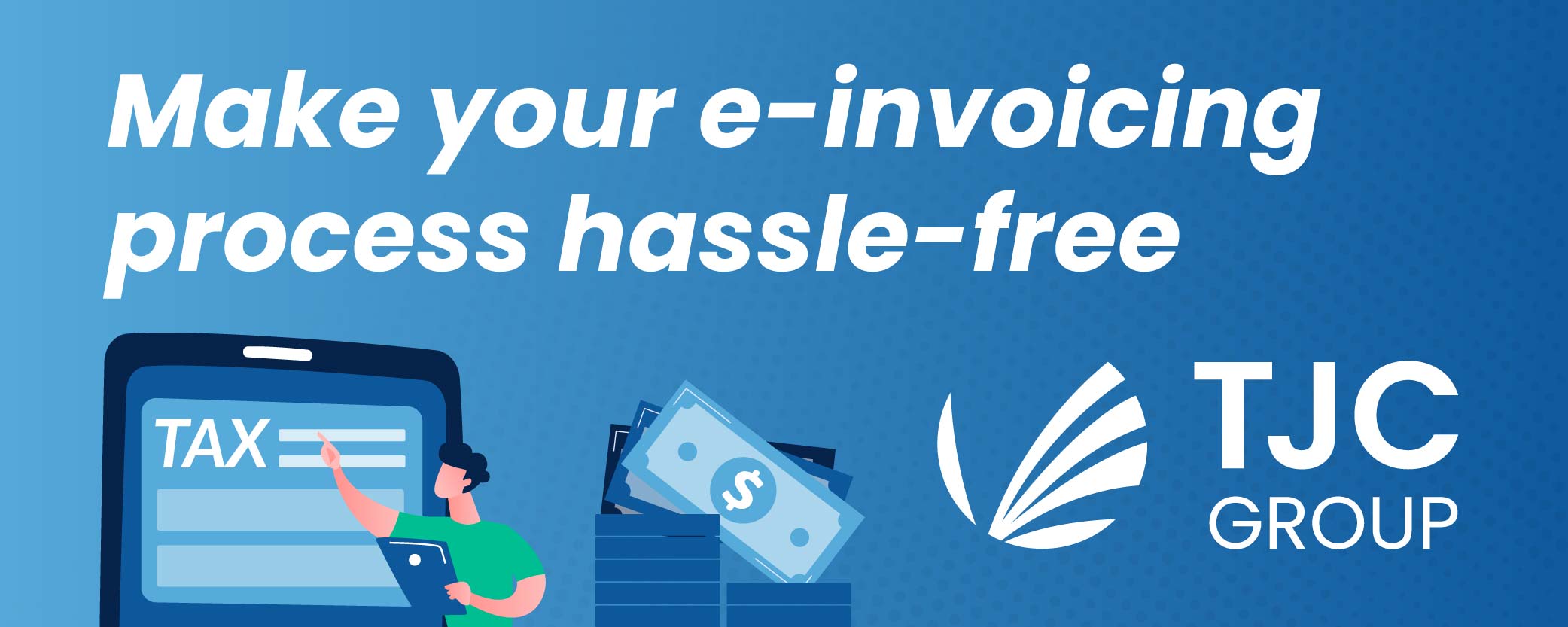On March 13, 2014, the ECJ issued its decision in the case C-464/12 (ATP PensionService).
Context: Sixth VAT Directive – Exemptions – Article 13B(d)(3) and (6) – Special investment funds – Occupational pension schemes – Management – Transactions concerning deposit and current accounts, payments or transfers
Article in the EU VAT Directive
Articles 13B(d)(3), 13(B)(d)(6) of the Sixth VAT Directive (Articles 135(1)(d) and 135(1)(g) of the EU VAT Directive 2006/112/EC).
Article 135
1. Member States shall exempt the following transactions:
(d) transactions, including negotiation, concerning deposit and current accounts, payments, transfers, debts, cheques and other negotiable instruments, but excluding debt collection;
(g) the management of special investment funds as defined by Member States;
Facts
- ATP’s main customer is PensionDanmark, which is an occupational pension fund. PensionDanmark administers pension schemes, set up under collective agreements and company agreements, on behalf of 12 trade unions and 37 employers’ organisations covering a total of 602 000 members employed in 22 000 private and public undertakings.
- The process in the context of which ATP provides its services is as follows. On the basis of information received from the employer, ATP opens an account for each pension customer who is a member of one of the pension funds included in the pension scheme managed by ATP. The employer informs ATP of the pension contributions which are payable for all its employees and transfers a single amount, representing the total sum of those contributions, to the pension fund’s account at a financial institution. The amount payable to each individual employee by the employer under the collective agreement or company agreement is then credited by ATP to the employee’s account in the pension scheme system managed by ATP.
- The pension customer has access to his pension account at any time through the pension fund’s homepage. ATP updates all accounts regularly with the amounts to be credited and the amounts to be withdrawn, so that the balance of any account is equal to the amount of retirement benefit accumulated (excluding income earned but not yet credited).
- ATP also initiates the withdrawal of amounts from the accounts of pension customers who are members of a pension fund by issuing instructions to a financial institution to pay such amounts to those pension customers.
- The pension funds themselves invest any contributions paid into the retirement schemes.
- ATP thus carries out the following tasks on behalf of pension funds:
- – administrative tasks, consisting, inter alia, in the provision of information and specific advice to employers and employees (pension customers) in relation to the retirement schemes provided by the pension funds;
- – system maintenance and development in relation to the development and maintenance of the platform from which ATP provides its services to pension funds;
- – services related to payments into and disbursements from pension funds.
- Until 30 June 2002, ATP paid VAT on the consideration received from pension funds for those services. In the light of the judgment in Case C‑2/95 SDC [1997] ECR I-3017, however, ATP concluded that the services relating to payments into and disbursements from pension funds represented transactions concerning payments or transfers, which are exempt from VAT under Article 13B(d)(3) of the Sixth Directive.
- ATP informed the Skatteministeriet of this on 26 June 2002. By decision of 7 October 2005, the Skatteministeriet ruled that ATP’s services in connection with pension disbursements were VAT-exempt transactions concerning payments or transfers, but it rejected the claim that services concerned with payments into retirement schemes were exempt from VAT – with the exception of services relating to the taking and cashing of cheques. By order of 13 May 2009, the Landsskatteretten (National Tax Tribunal) upheld the Skatteministeriet’s decision.
- ATP contested that order before the Retten i Hillerød (Hillerød Court), which in turn referred the case to the Østre Landsret.
- In Section 1.2 of the order for reference, the Østre Landsret stated that the services which the Skatteministeriet and the Landsskatteretten did not consider to be exempt from VAT are, essentially, the following:
- ‘1. Registration of employers liable to pay pension contributions, on the basis of information received from those employers.
- 2. Opening of accounts in the pension scheme system at ATP for the benefit of employees (pension customers), on the basis of information received from employers.
- 3. Provision of facilities for the handling of payments from employers, so that all pension contributions for the employees of each employer can be paid into the pension fund account at a financial institution using an online service (internet) or a payment card.
- 4. Receipt and registration of reports from employers on the allocation of the total amount to individual employees (including the calculation and charging of labour market contributions, which are derived directly from the pension fund payments made).
- 5. Crediting the pension contribution to the individual pension customer’s account in the pension scheme system at ATP, including regular updating of the account with inward payments and income recorded.
- 6. Recording of missing payments.
- 7. Reporting to pension fund customers on contributions paid into capital pension schemes.
- 8. Sending out account statements.’
- Before the referring court, ATP submitted that those services should be exempt from VAT as being:
- – management of special investment funds under point (f) of Paragraph 13(1)(11) of the Momsloven, which implements Article 13B(d)(6) of the Sixth Directive; and/or
- – transactions concerning deposit and current accounts, payments or transfers under point (c) of Paragraph 13(1)(11) of the Momsloven, which implements Article 13B(d)(3) of the Sixth Directive.
- The Skatteministeriet found that those services provided by ATP cannot be exempt from VAT, on the ground that pension funds differ from special investment funds in the following ways:
- – pension funds combine retirement scheme and insurance services; pensions paid out may take the form of either a life annuity or a pension which is paid as a lump sum or as regular payments over a certain number of years; pension funds provide supplementary insurance cover, for example, in the event of death or incapacity for work;
- – it is employers, not employees, who pay contributions into the fund under collective agreements;
- – the purpose of a retirement scheme is to create a balance between income received in working life and in retirement, whereas the usual purpose of investment is to increase wealth;
- – pursuant to the Danish income tax rules, contributions to pension funds are to a certain extent deductible from taxable income.
Questions
(1) Is Article 13B(d)(6) of [the Sixth Directive] to be interpreted as meaning that the term “special investment funds as defined by Member States” covers pension funds such as those referred to in the [present case] and having the following characteristics, where the Member State recognises the institutions presented in Section 2 of the … order for reference [as reproduced in paragraphs 19 to 24 above] as special investment funds:
- (a) the return to the employee (the pension customer) depends on the yield realised by the pension fund’s investments;
- (b) the employer is not required to make supplementary payments in order to secure a particular return for the pension customer;
- (c) the pension fund collectively invests the funds accumulated applying a risk-spreading principle;
- (d) the bulk of the payments into the pension fund is based on collective agreements between labour-market organisations representing the individual employees and employers, and not on the personal decision of the individual employee;
- (e) the individual employee may decide, on a personal basis, to make additional contributions to the pension fund;
- (f) self-employed traders, employers and directors may opt to pay pension contributions into the pension fund;
- (g) a predetermined portion of the pension savings collectively agreed for the employees is used to purchase a life annuity;
- (h) the pension customers bear the pension fund’s costs;
- (i) payments into the pension fund are deductible for the purposes of national income tax within certain quantitative limits;
- (j) payments into a personal pension plan, including a pension fund set up with a financial institution under which the contributions can be invested in a special investment fund, are deductible for the purposes of national income tax to the same extent as under point (i);
- (k) the counterpart to the entitlement to deduct contributions for tax purposes under point (i) is that disbursements are taxed; and
- (l) the funds accumulated are in principle to be paid out after the person concerned reaches pensionable age?
(2) If Question 1 is answered in the affirmative, is Article 13B(d)(6) of the Sixth Directive to be interpreted as meaning that the term “management” covers a service such as that at issue in the [present case] (see Section 1.2 of the order for reference [and paragraph 35 above])?
(3) Is a service such as that at issue in the [present case] concerning pension payments (see Section 1.2 of the order for reference [and paragraph 35 above]) to be regarded under the terms of Article 13B(d)(3) of the Sixth Directive as a single service or as several separate services which are to be assessed independently?
(4) Is Article 13B(d)(3) of the Sixth Directive to be interpreted as meaning that the VAT exemption laid down in that provision for transactions concerning payments or transfers covers a service such as that at issue in the [present case] concerning pension payments (see Section 1.2 of the order for reference [and paragraph 35 above])?
(5) If Question 4 is answered in the negative, is Article 13B(d)(3) of the Sixth Directive to be interpreted as meaning that the VAT exemption provided for under that provision for transactions concerning deposit and current accounts covers a service such as that at issue in the [present case] concerning pension payments (see Section 1.2 of the order for reference [and paragraph 35 above])?’
AG Opinion
Article 13B(d)(6) of Sixth Council Directive 77/388/EEC of 17 May 1977 on the harmonisation of the laws of the Member States relating to turnover taxes – Common system of value added tax: uniform basis of assessment has to be interpreted as meaning that the term ‘special investment funds as defined by Member States’ has to include occupational pension funds where such funds pool the assets of several beneficiaries, and allow the spreading of the risk over a range of securities. This is only the case where the beneficiaries bear the risk of the investment. The fact that the contributions are made by their employers for their benefit under a collective agreement between organisations representing employees and employers and that payments out of the fund are only made upon retirement is irrelevant, as long as the beneficiary has a secure legal position with respect to her or his assets. Whether a fund fulfils these requirements is for the national courts to decide.
Decision
1. On a proper construction of Article 13B(d)(6) of Sixth Council Directive 77/388/EEC of 17 May 1977 on the harmonisation of the laws of the Member States relating to turnover taxes – Common system of value added tax: uniform basis of assessment, pension funds such as those at issue in the main proceedings may fall within the scope of that provision if they are funded by the persons to whom the retirement benefit is to be paid, if the funds are invested using a risk-spreading principle, and if the pension customers bear the investment risk. In that regard, it is of little consequence that the contributions are paid by the employer; that the amount paid in is based on collective agreements between labour‑market organisations; that there are different ways of paying out the funds invested; that contributions are deductible under income tax law; or that it is possible to add an insurance element which is ancillary to the other services provided.
2. On a proper construction of Article 13B(d)(6) of Sixth Directive 77/388, the term ‘management of special investment funds’ used in that provision covers services by means of which an undertaking establishes the rights of pension customers vis-à-vis pension funds through the opening of accounts in the pension scheme system and the crediting to such accounts of the contributions paid. That term also covers accounting services and account information services such as those listed in Annex II to Council Directive 85/611/EEC of 20 December 1985 on the coordination of laws, regulations and administrative provisions relating to undertakings for collective investment in transferable securities (UCITS), as amended by Directives 2001/107/EC and 2001/108/EC of the European Parliament and of the Council of 21 January 2002.
3. On a proper construction of Article 13B(d)(3) of Sixth Directive 77/388, the value added tax exemption laid down in that provision for transactions concerning payments and transfers covers services by means of which an undertaking establishes the rights of pension customers vis-à-vis pension funds through the creation of accounts for those customers within the pension scheme system and the crediting to those pension customers’ accounts of the contributions paid, and any transactions which are ancillary to those services or which combine with those services to form a single economic supply.
Summary
Occupational pension schemes – Transactions relating to deposits, current account transactions, payments, transfers – Mutual investment funds
Pension funds can qualify as mutual funds for VAT purposes if they are financed by the pension recipients, the savings are invested according to the principle of risk diversification and the investment risk is borne by the members of the pension fund. In this regard, it is of little importance that the contributions are paid by the employer, their amount is fixed in collective agreements between the employers’ organizations and the trade unions, the savings can be repaid in various financial ways, the contributions are deductible under the rules on income tax or a subsidiary insurance element can be added to it.
The term ‘mutual investment fund management’ includes services by which an institution materializes the rights of members of pension funds by creating accounts and recording the contributions made to their account in the pension scheme system. This concept includes services related to accounting and the provision of information on accounts.
The VAT exemption for transactions concerning payments and transfers applies to services by which an institution materializes the rights of the members of a pension fund by creating an account for these members in the system of the pension schemes and the contributions of these members on their account are accounted for, as well as on transactions which are ancillary to these services or which together with these services constitute a single economic performance.
Source:
Similar ECJ cases
- Exemption – Financial transactions – deposit and current accounts, payments, transfers, debts, cheques and other negotiable instruments (Art. 135(1)(d))
- Exemption – Management of special investment funds (Art. 135(1)(g))
Newsletters















